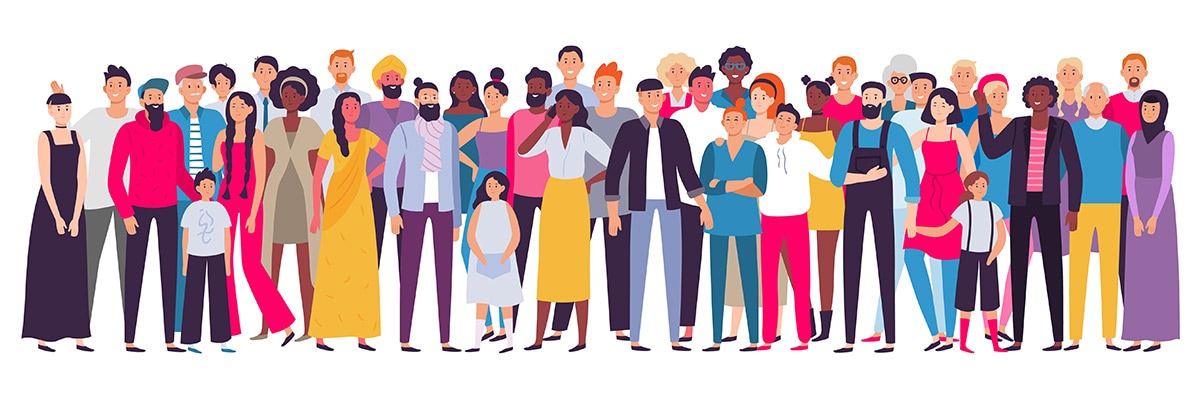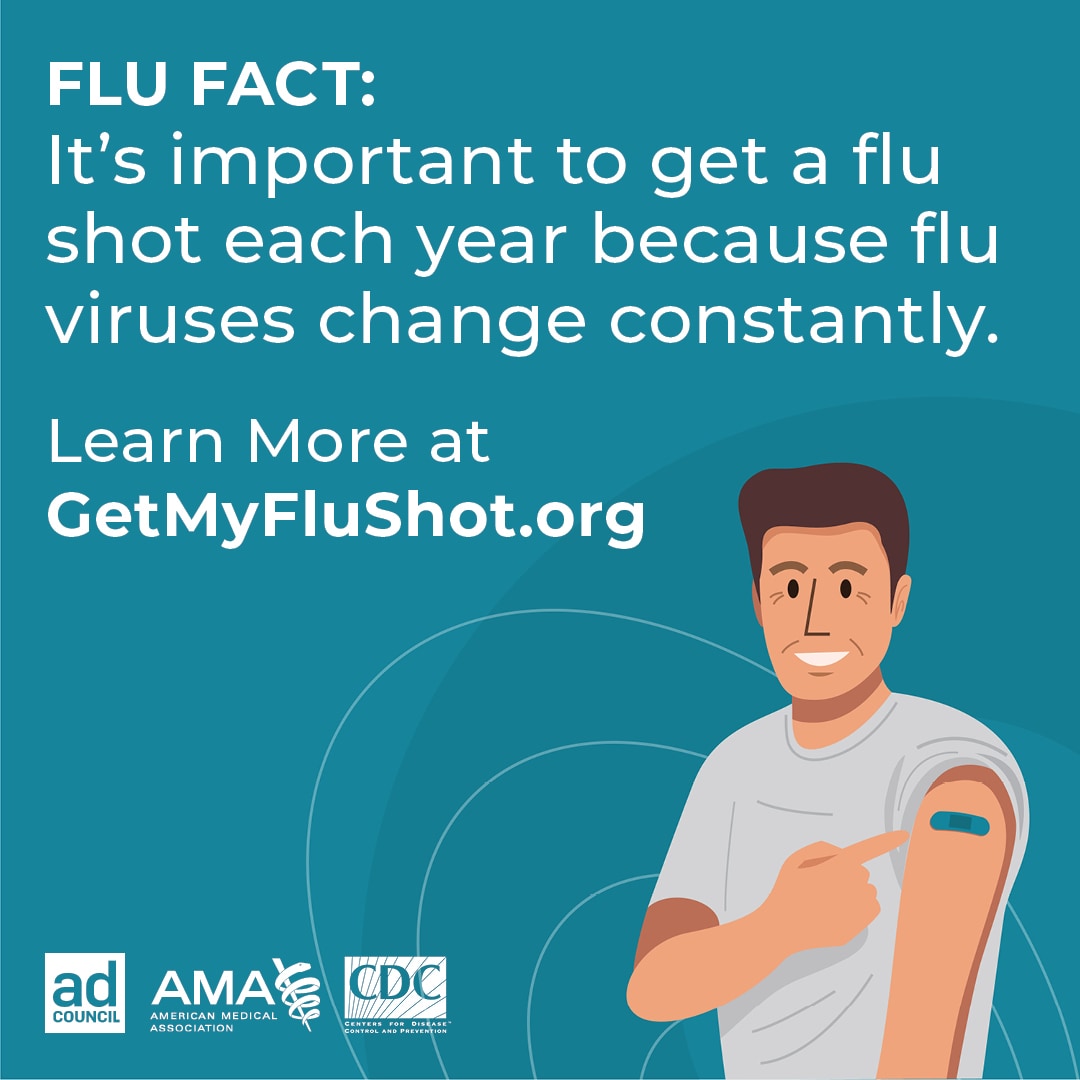Purpose
- Flu can be serious and can lead to hospitalization and death.
- However, certain groups of people, including certain racial and ethnic minorities experience an unequal burden of severe flu outcomes.
- Long standing social and health inequities likely contribute to this.

More Serious Flu Outcomes
Black, Hispanic, and American Indian and Alaska Native (AI/AN) people often have had higher rates of hospitalization associated with influenza (flu) across all ages, from 2009 to 2023, after adjusting for age.
Compared to White adults, age-adjusted flu hospitalization rates were:
- 1.8 times higher among Black adults
- 1.4 times higher among American Indian or Alaska Native adults
- 1.2 times higher among Hispanic or Latino adults
Compared with White children (0 to 17 years), age-adjusted flu hospitalization rates were:
- 2.5 times higher among American Indian/Alaska Native children
- 2.2 times higher among Black children
- 1.7 times higher among Hispanic or Latino children
*In all flu seasons except 2021-2022, rates reflect cases hospitalized during October 1 - April 30 of each flu season. In 2021-2022, rates reflect cases hospitalized beginning October 1, 2021, but given late flu season activity, the season was extended to June 11, 2022. Additionally, during the 2020-2021 season, case counts were not sufficient to allow reporting of stratified cumulative rates or weekly rates.
*In all flu seasons except 2021-2022, rates reflect cases hospitalized during October 1 - April 30 of each flu season. In 2021-2022, rates reflect cases hospitalized beginning October 1, 2021, but given late flu season activity, the season was extended to June 11, 2022. Additionally, during the 2020-2021 season, case counts were not sufficient to allow reporting of stratified cumulative rates or weekly rates.
Inequities in Vaccination Persist
Since 2010, flu vaccination coverage has been consistently lower among Black, Hispanic, and AI/AN adults. During the 2023–2024 season, flu vaccination coverage was:
- 50% among Asian adults
- 49% among White adults
- 42% among Black adults
- 35% among AI/AN adults and
- 35% among Hispanic adults
During the 2023–2024 season, among children (6 months–17 years), flu vaccination coverage was:
- 70% among Asian children
- 61% among Hispanic or Latino children
- 54% among AI/AN children
- 52% among White children
- 52% among Black children and
What causes inequities
There are likely several factors contributing to disparities in flu vaccination, many of which are rooted in health and societal inequities. These include but are not limited to:
- lack of access to health care and insurance,
- higher prevalence of underlying medical conditions,
- missed opportunities to vaccinate (healthcare providers may be missing opportunities to vaccinate people during routine medical appointments),
- misinformation about vaccination, and
- distrust of medical institutions.
In addition to disparities in vaccine uptake, there are likely other factors contributing to worse outcomes for some groups. Racism and prejudice are also known to worsen inequalities. Identifying and responding to these inequities is important for reducing health disparities.
Flu Vaccination is the Best Protection.
A flu vaccine is the best way to protect against flu and its potentially serious complications. In addition to reducing risk of flu illness, flu vaccination has been shown to reduce severity of illness in people who get vaccinated but still get sick with flu. That means vaccinated people could be less likely to be hospitalized with flu or less likely to be admitted to the intensive care unit (ICU) with flu. CDC recommends that everyone 6 months and older get a seasonal flu vaccine each year, ideally by the end of October.

Other Preventive Actions Can Also Help.
In addition to getting a flu vaccine, everyone should take everyday preventive actions, including avoiding people who are sick, covering coughs and sneezes, and washing hands often. This also can include taking steps for cleaner air and hygiene practices like cleaning frequently touched surfaces.
What CDC is doing
CDC's Commitment to Health Equity and Reducing Disparities
Increasing equitable vaccine uptake requires addressing the range of reasons why people do not get vaccinated. Over the past two years, CDC has begun two programs to address barriers to and raise awareness about the importance of flu vaccination, specifically among people from racial and ethnic minority groups. These include the Partnering for Vaccine Equity (P4VE) program and a targeted flu vaccination campaign. Using proven measures may help increase vaccination among people from racial and ethnic minority communities.
CDC is also continuing to collect data to better understand how racial and ethnic minorities are disproportionately impacted by flu-related hospitalization.
